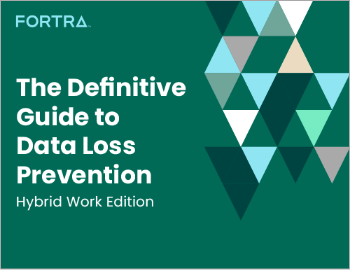Health and Human Services Raises Bar for Risk Analysis with latest HITECH Rules
| Contact Us | |
| Free Demo | |
| Chat | |
Organizations will need to match features to security mitigations in qualifying electronic health records systems.
New guidelines from the U.S. Government's department of Health and Human Services (HHS) will require healthcare providers who want to qualify for big federal subsidies for the adoption of electronic health record (EHR) technology to prove they are addressing the security risks posed by EHR platforms, according to a published report.
In a statement on Tuesday, the Centers for Medicare & Medicaid Services (CMS) and the Office of the National Coordinator for Health Information Technology (ONC) said that health providers will need to conduct more detailed risk analysis of their EHR systems to comply with the final rule for Stage 3 of HHS's meaningful use standard. That may include encrypting health data stored and transmitted by EHR systems, or adopting new "technical, administrative and physical safeguards" needed to lock down protected health information - or PHI. That, according to a report on the web site Healthcareinfosecurity.com.
Proving "meaningful use" of electronic health record technology is a prerequisite for qualifying for generous federal subsidies for adopting the technology. EHR adoption is a lynchpin in the federal government's efforts to move doctors' offices, hospitals and other healthcare providers away from inefficient, paper-based record keeping.
Risk analysis was a requirement to qualify for Stages 1 and 2 of the meaningful use program, as well. But the Stage 3 requirements take things a step further: asking healthcare providers to dig deep into their EHR systems and identify weaknesses and potential risks, then apply technology fixes that address those risks.
Each certification capability for an EHR system should be "paired with the appropriate privacy and security safeguard," ONC said in a statement to Healthcareinformationsecurity.com. For example: features that allow PHI to be transferred between electronic health record systems should be paired with related security features such as authentication, access control and data encryption or hashing that protects the transferred data, Healthcareinfosecurity.com reported.
That's critical. As this blog has reported, the combination of a federal push to use electronic health records systems, insecure cloud-based systems and motivated cyber criminals has created a "perfect storm" for healthcare providers and consumers. Most recently, data maintained by the firm Systema Software of Larkspur, California, which provides claims administration software and services to the insurance industry, was found publicly available on a subdomain on AWS that was associated with Systema. And, in July, a breach at the Indiana firm Medical Informatics Engineering (MIE) exposed PHI on some four million patients at more than 230 medical facilities that relied on MIE products, including the NoMoreClipBoard EHR system.
The so-called "Final Rule" guidance from HHS is intended to streamline requirements for providers and to give them a bit more time to comply with the Stage 3 provisions. Organizations seeking to qualify for meaningful use subsidies will have 60 days to comment on the Stage 3 guidelines and will have until 2018 to comply with the requirements.
Paul F. Roberts is the Editor in Chief of The Security Ledger and Founder of The Security of Things Forum.
Recommended Resources

All the essential information you need about DLP in one eBook.

Expert views on the challenges of today & tomorrow.

The details on our platform architecture, how it works, and your deployment options.